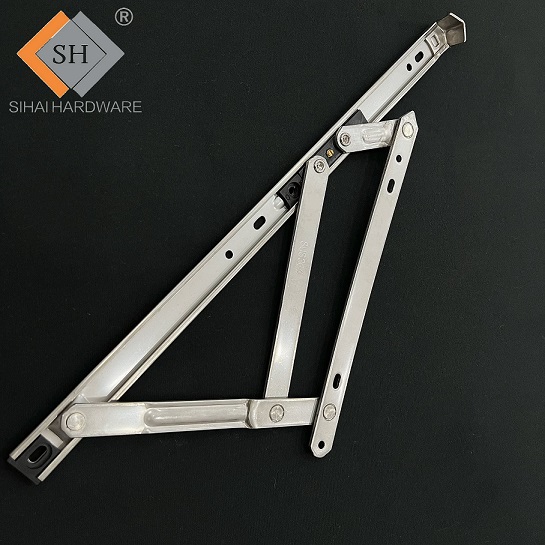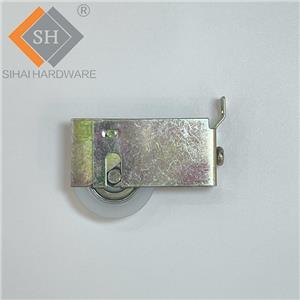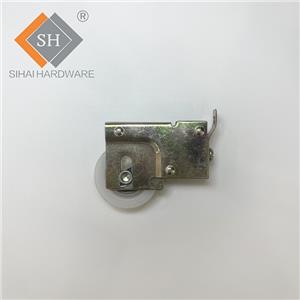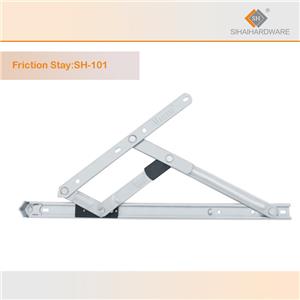ARTICLE NO.56|The Differences Between 4-Bar Window Friction Hinges and 2-Bar Hinge Wind Braces
ARTICLE NO.56|The Differences Between 4-Bar Window Friction Hinges and 2-Bar Hinge Wind Braces
When it comes to casement window hardware, two of the most common options are 4-bar window friction hinges and 2-bar hinge wind braces. Both serve to support and control the movement of casement windows, but they have some key differences in design and functionality.
4-Bar Window Friction Hinges
4-bar window friction hinges, also known as window friction stay hinges, are a type of casement window hardware that use four interconnected metal bars to allow the window to open and close smoothly. The friction in the hinges helps control the window's movement and keep it in the desired position. These hinges are a popular choice for many casement windows as they provide reliable operation and adjustable friction to suit the user's preferences.

2-Bar Hinge Wind Braces
In contrast, 2-bar hinge wind braces use a simpler two-bar design to support and control the casement window. Rather than relying on friction, the wind brace uses a rigid metal construction to hold the window in place, even in windy conditions. This makes 2-bar hinge wind braces a good choice for windows that experience high winds or need extra stability.
Key Differences
The main differences between these two types of casement window hardware lie in their design and how they manage the window's movement:
1. Friction vs. Rigid Support: 4-bar friction hinges use adjustable friction to control the window's motion, while 2-bar wind braces rely on a rigid metal construction to hold the window in place.
2. Window Positioning: 4-bar friction hinges allow the user to position the window at any angle within the hinge's range of motion. 2-bar wind braces typically have a more limited range of motion and may only allow the window to be opened to a preset angle.
3. Wind Resistance: 2-bar hinge wind braces are generally better suited for windows that experience high winds, as their rigid design provides more stability and support.
4. Adjustability: 4-bar friction hinges can often be adjusted to increase or decrease the amount of friction, allowing the user to fine-tune the window's operation. 2-bar wind braces typically do not offer the same level of adjustability.
In summary, both 4-bar window friction hinges and 2-bar hinge wind braces have their own advantages and are well-suited for different types of casement window applications. The choice between the two will depend on the specific needs and requirements of the window and its environment.




